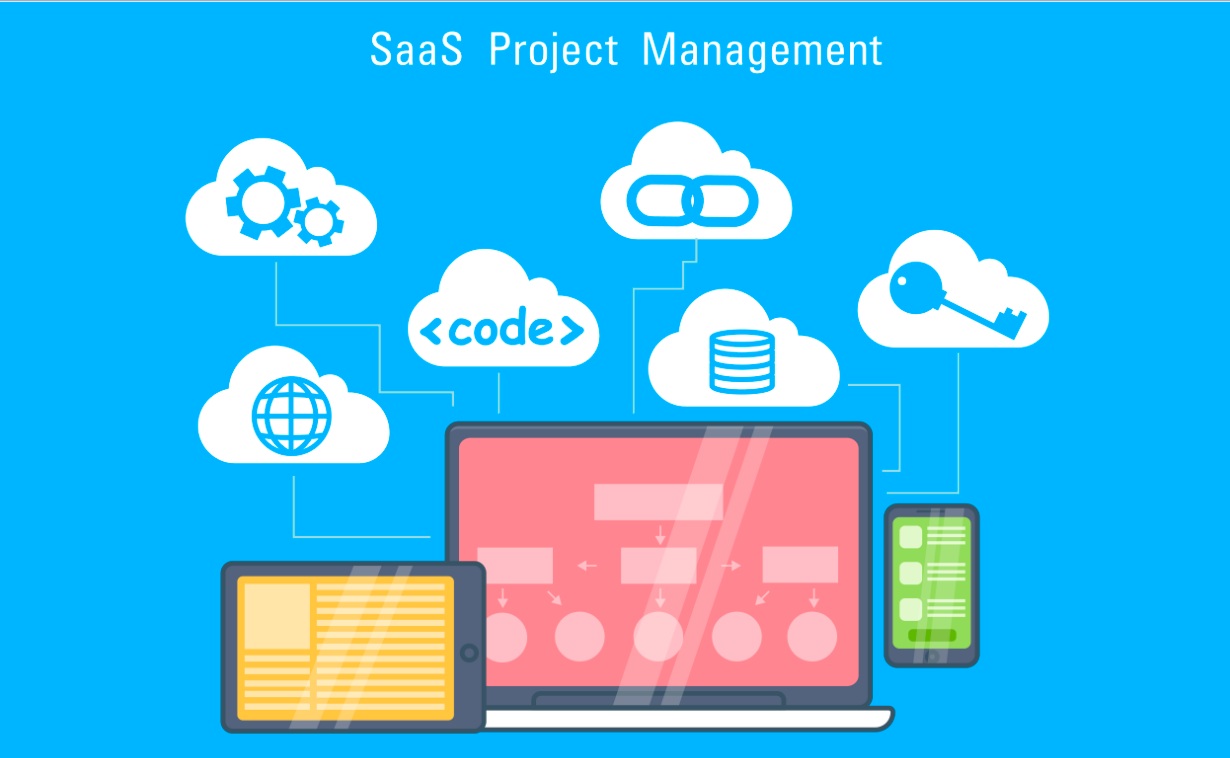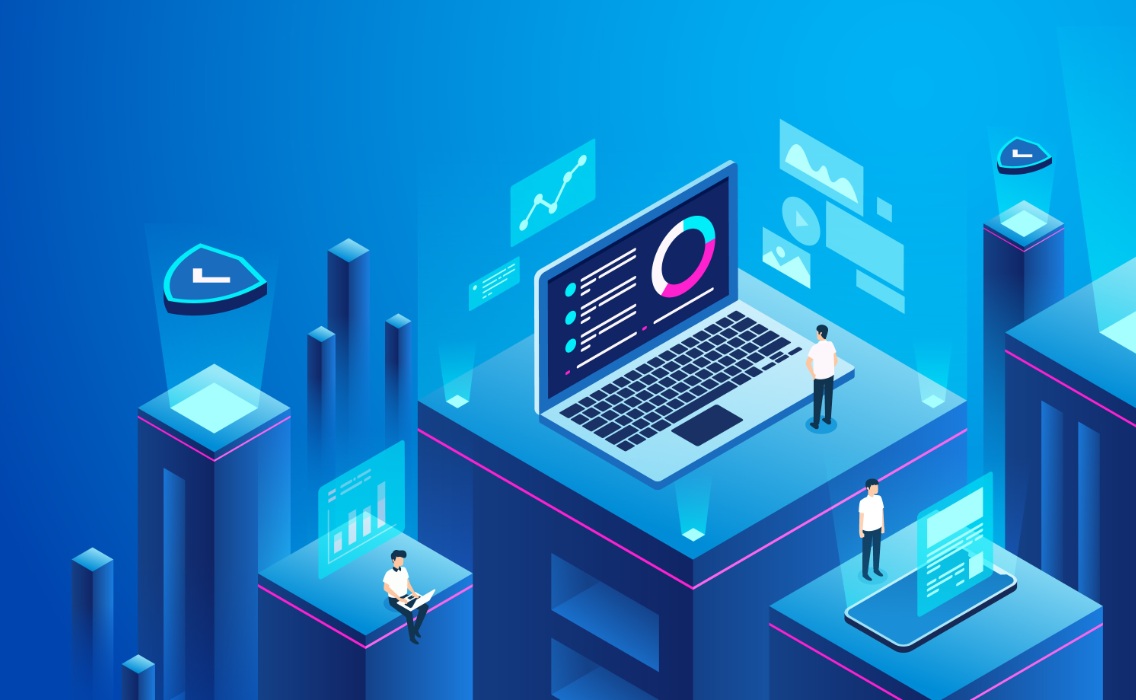
The total size of the cloud Software-as-a-Service (SaaS) global market is expected to reach 145 billion U.S. dollars by the end of 2021. That means there’s a buzzing interest among entrepreneurs to create SaaS applications and new ones emerge almost daily because of the convenience of their delivery model. With no installation, updates, or compatibility issues, SaaS products are a preferred choice for plenty of users.
However, when it comes to developing SaaS software, many entrepreneurs face a wide range of challenges that can often lead to expensive mistakes – and even failures. Solving these challenges strategically, or avoiding them altogether, requires knowledge of the process and the most important steps that will take you in the right direction.
In this article, we’ve covered 4 key steps of creating a SaaS product with an overview of both the product ideation and development processes. Although there are no guarantees for building a successful product, these steps outline a straightforward process that successful SaaS entrepreneurs have used – and continue to use – to bring successful solutions to market.
Create a Development Methodology and Team
To turn your product idea into a successful SaaS solution, you need to figure out the technical side of the project. The basis of your software development process is essentially having a food workflow, which requires a good branching model if you use Git. That means the development team should be experienced with basic Git concepts like pull and merge and more specific functions like, for example, the Git rename branch method, among others.
You should note that outsourcing your core product development is not recommended as it is often risky. Since a freelancer’s goals can be significantly different than yours, they might not be as invested in the product as you or someone else with a stake in the business is. That’s why it’s best to create an in-house team and hire software developers that will act more as partners than freelancers.
Develop a Solution to a Problem
Before you start developing your product, you should make sure there is a clear problem you’re addressing and a solution that solves it. The best way to start is by analyzing the market to look at competitors, demand, and your target audience. You will then need to work on identifying the core values and pain points of your future target audience to craft a one-stop-shop solution that addresses all of their needs.
When deciding which problem is worth addressing, there are a few things to consider. First, you should make sure it’s a problem you can relate to; that will ensure you fully appreciate the problem and can solve it in the best way possible. Second, you should find a problem that you can fix better than anyone else. Finally, you should use your knowledge of the industry to make sure you are approaching the issue in the right way.
Explore Pricing Models
SaaS technology offers multiple pricing options that will help you profit from your future product. Defining your monetization strategy is a crucial step of your product development – it directly influences how you’re going to build the app’s functionality and helps you understand how to sell the product after its release. That’s why it’s important to explore the SaaS pricing models and determine which one is best for your solution.
If you’re not sure where to start, it’s always good to look at what the competition’s doing. Once you’ve gone through the pricing models on the market, you can determine what a good starting point is for your business. Remember, however, that growing SaaS companies always test their pricing models. That means you should be willing to alter your pricing to fit your customers’ preferences.
Identify the Product Requirements
The features of your SaaS application represent the central values you provide to end-users. Depending on your niche and pricing model, the app functionality can vary hugely but should, nonetheless, include some core characteristics of a successful SaaS product. Here are some must-have features to incorporate:
- High security against vulnerability and hack attacks;
- User-friendliness with features like easy navigation and an intuitive UI/UX design;
- Real-time support and maintenance so customers can overcome potential challenges;
- Multi-tenant infrastructure for lower costs and easy integration with other apps.

Conclusion
Although these four steps can help you arrive at a successful SaaS product, it’s important to remember that each component takes time, testing, and refinement. You may even experience overlaps between the steps or complete them in a completely different order.
That is why instead of diving into them directly, you should adapt them to your specific niche and implement them in a way that is efficient for your business. The more you’re ready to test and iterate, the higher your chances of success.




